Reading books with children at the elementary age not only helps them better prepare for school, but it also opens their minds to new cultures and experiences. Exposing children early to both “mirror” and “window” books – that is, books in which they can see themselves, and books in which they can learn about others- is the best way to create engaged readers and support social and emotional growth.
Lee & Low Books offers hundreds of great books for fifth graders. Our books include English, Spanish, and bilingual titles; books about many different cultures; books that span a wide range of subjects and themes; and both fiction and nonfiction. Browse our 3-6 classroom collections to see what we offer, and check out our other book lists by grade:
- Our 10 Favorite Multicultural Books for Preschool
- Our 10 Favorite Multicultural Books for Kindergarten
- Our 10 Favorite Multicultural Books for First Grade
- Our 10 Favorite Multicultural Books for Second Grade
- Our 10 Favorite Multicultural Books for Third Grade
- Our 10 Favorite Multicultural Books for Fourth Grade
While we have hundreds of titles to choose from, here are 10 of our absolute favorite diverse books for fifth grade!
1. Tenacious: Fifteen Adventures Alongside Disabled Athletes by Patty Cisneros Prevo, illus. by Dion MBD:
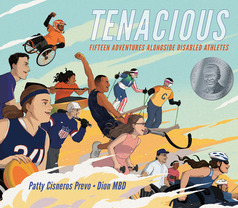
Meet fifteen remarkable athletes who use adaptive equipment in this beautiful and truth-telling picture book.
2. ¡Sí, Se Puede! / Yes, We Can! by Diana Cohn & Luis Rodríguez , illus. by Francisco Delgado:
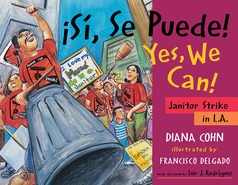
When the janitors’ union strikes for better wages, Carlitos discovers a way to help his mother.
3. Indian No More by Charlene Willing McManis & Traci Sorell:
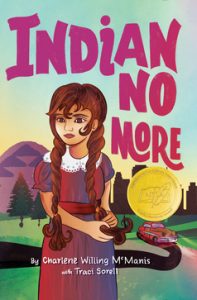
When Regina’s Umpqua tribe is legally terminated and her family must relocate from Oregon to Los Angeles, she goes on a quest to understand her identity as an Indian despite being so far from home. Also available in Spanish, Indio no más.
4. The Story of Environmentalist Wangari Maathai by Jen Johnson, illus. Sonia Sadler:
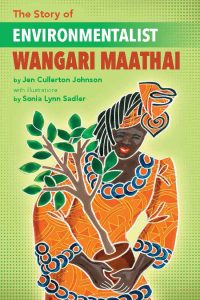
This inspiring entry in the “Story of” line of chapter-book biographies features Wangari Maathai, the first African woman, and environmentalist, to win a Nobel Peace Prize.
5. The Story of Civil War Hero Robert Smalls byJanet Halfmann, illus. by Duane Smith:
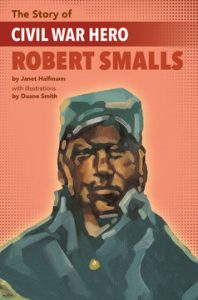
This exciting entry in the “Story of” line of chapter-book biographies introduces readers to Robert Smalls, an enslaved steamboat wheelman who commandeered a Confederate ship during the Civil War and escaped with his family and crew to freedom.
6. The Story of Movie Star Anna May Wong by Paula Yoo, illus. by Lin Wang:
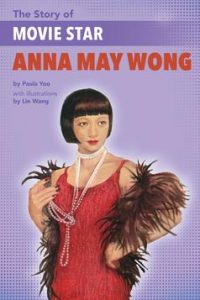
This entry in the innovative “Story” line of chapter-book biographies focuses on Anna May Wong, whose trail-blazing career in Hollywood broke new ground for future generations of Asian American actors.
7. Julieta and the Diamond Enigma by Luisana Duarte Armendáriz:
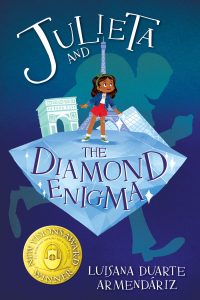
From the Mixed-Up Files of Mrs. Basil E. Frankweiler meets Merci Suarez in this smart young middle-grade mystery about a diamond gone missing from the Louvre and the sweet and spunky girl who cracks the case.
8. Stone River Crossing by Tim Tingle:
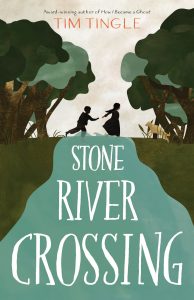
From the award-winning author of How I Became a Ghost, a tale of unlikely friendship and miracles. When Martha Tom helps Lil Mo and his family escape from the plantation across the river, it’s just the beginning of a Choctaw adventure of a lifetime.
9. I Remember: Poems and Pictures of Heritage by Lee Bennett Hopkins:
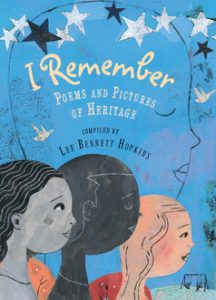
An outstanding celebration of diversity and family: fourteen poets and sixteen illustrators of diverse backgrounds share memorable childhood experiences and reflect upon their different heritages, traditions, and beliefs.
10. Dream Builder: The Story of Architect Philip Freelon by Kelly Starling Lyons, illus. by Laura Freeman:
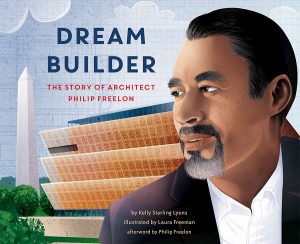
You’ve seen the building. Now meet the man whose life went into it.
Further Reading
Social Activism Books for Fifth Grade
Compare and Contract Common Core Lesson Plan for Fifth Grade
What Does Close Reading Look Like in Fifth Grade?
Integrating Reading, Writing, Speaking, and Listening Standards in Grades 4-5
Also check out our amazing Grade 3-5 collections:
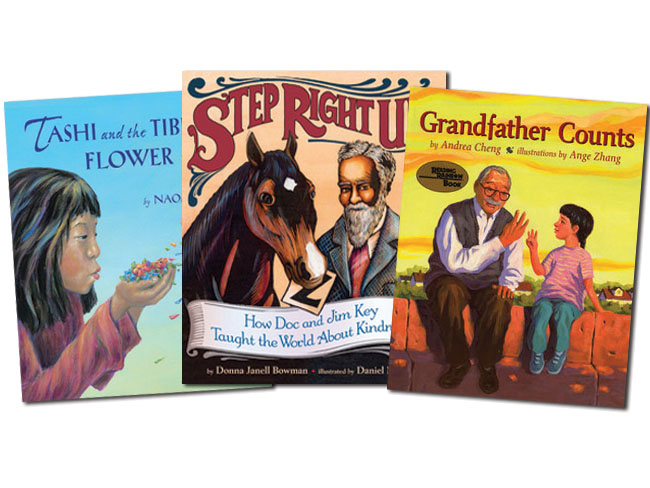 Asian/Asian American English Collection Grades 3-5
Asian/Asian American English Collection Grades 3-5
Black History Collection Grades 3-6
Kindness and Compassion Collection
Cinderella Around the World Collection


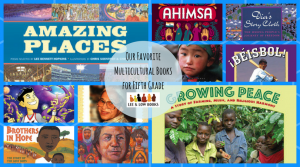
3 thoughts on “Our 10 Favorite Multicultural Books for Fifth Grade”
Comments are closed.